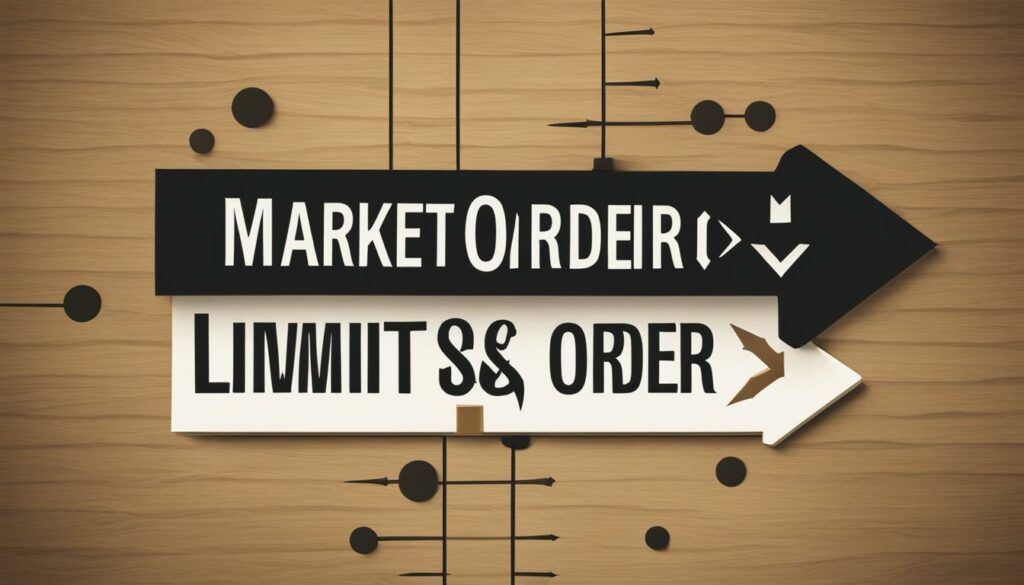Understanding Limit Orders in Trading

What is a Limit Order?
A limit order is an instruction given to a broker to buy or sell a security at a specified price or better. It allows traders to have better control over the prices at which they trade. There are two types of limit orders:
- Buy Limit Order: This order will be executed only at the limit price or a lower price.
- Sell Limit Order: This order will be executed only at the limit price or a higher one.
While the price is guaranteed in a limit order, the filling of the order is not. The order will only be executed if the price meets the order qualifications.
How Does a Limit Order Work?
When a trader places a limit order, it states the security, the quantity, the price, and whether it’s a buy or sell position.
The order is not triggered until the specific desired market price is achieved.
However, even then, execution of the limit order is not guaranteed, especially in highly volatile markets or regarding highly volatile securities with low liquidity.
“By setting a specific price, traders can ensure that they are only executed at or better than their desired price.”
Advantages and Disadvantages of Limit Orders
Limit orders offer traders a number of advantages over other types of orders in the market. The following table compares limit orders with normal market orders.
| Advantages of Limit Orders | Disadvantages of Limit Orders |
|---|---|
|
|

How to Execute a Limit Order
Executing a limit order is a straightforward process that allows traders to have more control over their trades. To set up a limit order, you need to place the order with your broker. This involves specifying the security you want to trade, the quantity, the price, and whether it’s a buy or sell order.
By using limit orders strategically, you can take advantage of market fluctuations and maintain a disciplined trading approach.
Key Takeaways:
- Limit orders allow traders to buy or sell a security at a specific price or better.
- Buy limit orders are executed only at the limit price or a lower price, while sell limit orders are executed only at the limit price or a higher one.
- Limit orders are not guaranteed to be filled and may result in missed opportunities in fast-moving markets.
- Using limit orders in conjunction with stop orders can help prevent large downside losses.
- Limit orders can be valid for a specific number of days or until filled or canceled by the trader.







